As I peer down into the ‘witches’ brew’, I can’t resist chanting the famous line: “Double, double toil and trouble; fire burn and cauldron bubble.”
I add in a nasty cackle at the end for good measure.
Toby, my faithful black Labrador, gazes up at the four of us – me and the three wizened-face witches – and wonders what the heck is going on.
We’re checking out the Macbeth Trail in the grounds of Glamis Castle, and the sculpture of the huddled coven is among seven waiting to be discovered in the woods.
Each artwork, created by Neith Art & Sculpture, depicts a major scene from Shakespeare’s Macbeth and captures the madness, mental turmoil and tempestuous weather of the tragic play.
They’re all carved from mighty trees that have grown and then fallen on Strathmore estate.
Who created the Macbeth Trail?
The trail was established in 2017, after head gardener Den Cotton and former castle manager Tommy Baxter put their heads together to think about how to attract more visitors into the pinetum (pine grove).
The link between Glamis Castle and Shakespeare’s Macbeth appealed – Macbeth features as the ‘Thane of Glamis’ in the play.
The hope is that the sculptures will last a good 20 years. They’re all made from conifers, with the exception of the witches – they’re made from oak.
It took around 25 hours to make each one, with Yorkshire-based artists Rob Neith-Nicholson and Kim Neith-Thompson attacking the wood with chainsaws, axes, knives, chisels and blow torches.
The sculptures show the three witches, King Duncan, Banquo, Lady Macbeth and Macduff as well as two scenes of Macbeth.
Grisly scenes from Macbeth
The most grisly, I’d argue, is the one in which Macduff holds Macbeth’s severed head aloft!
A close second would be the recumbent figure of Banquo dying in agony.
It’s believed that King James VI of Scotland’s visits to Glamis inspired Shakespeare to write Macbeth at the start of the 17th century.
The king was a patron of Shakespeare’s acting company and it is possible the playwright heard stories about Glamis and his imagination was fired.
There’s certainly plenty to excite the imagination in and around Glamis, and once I’ve checked out the sculptures, I wander freely through the pinetum.
This was planted by the 13th Earl of Strathmore around 1870 with a variety of exotic trees including conifers native to North America. Many are among the tallest of their species in the country.
At the far end of the pinetum I come to the Earl Michael Bridge, built in 1890, but restored and re-opened in 1996 by the Queen Mother.
What is the Italian Garden?
I also check out the Italian Garden, created in 1910 by HM The Queen’s grandmother, Countess Cecelia.
It’s a serene place to take a stroll, and although lacking a little in colour at this time of year, its raised terrace, stone fountain and gravel walkways add to the beauty of the space.
There’s also the walled garden, where, in warmer months, fresh fruit and vegetables are grown and supplied to the castle kitchen.
‘Hidden’ pet cemetery provides final resting place for Queen Mother’s dogs
However, I’m on a mission to find a tiny pet cemetery. It’s hidden in a quiet clearing bordering the Italian Garden, and can be easily missed.
It’s the final resting place for a collection of faithful four-legged friends, including the late Queen Mother’s dogs – and a guinea pig.
Dogs buried here include Fizz Whizzie (1961-75), Johnny (1972-77), Puffin (1967-82) and Charlie (1977-89) – and they are all memorialised on one headstone.
There’s also the grave of Labrador Hercules, who passed away aged 14 in 2006, and a four-year-old guinea pig, Happy, who died in 1997.
The connections between Glamis and the royal family are well documented.
The castle was the childhood home of the late Queen Mum – she was born here in August 1900.
As a young teenager, she tended to wounded soldiers during the First World War when the castle was transformed into a military hospital.
She married Prince Albert (later King George VI) in 1923 – after turning down two of his proposals – and the couple spent part of their honeymoon at Glamis.
Their second daughter, Princess Margaret, was born in Glamis in 1930 and both Margaret and her older sister, Elizabeth spent holidays here.
Glamis, the Queen and a corgi called Dookie
There’s a classic photograph – check it out here – of the young Queen Elizabeth coming down steps at Glamis Station with her first Corgi, Dookie.
She had chosen him because of his slightly longer tail, having remarked: “so that we can see whether he is pleased or not”.
Dookie soon became a much-loved member of the royal family. He did, however, have a habit of nipping at the heels of some guests!
For more information about the Macbeth Trail.
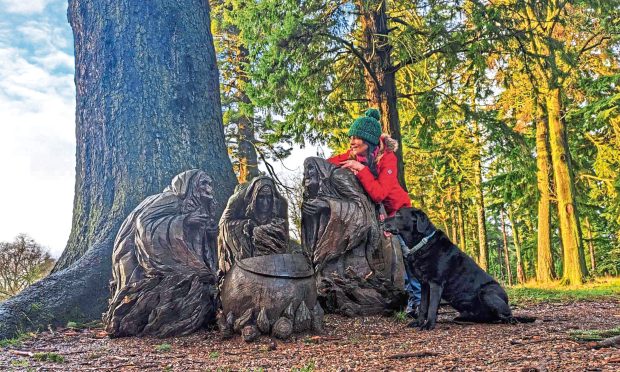
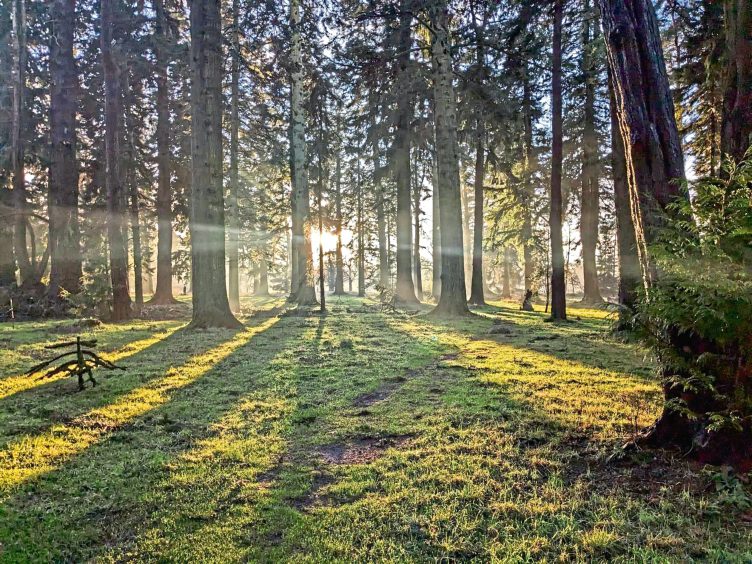
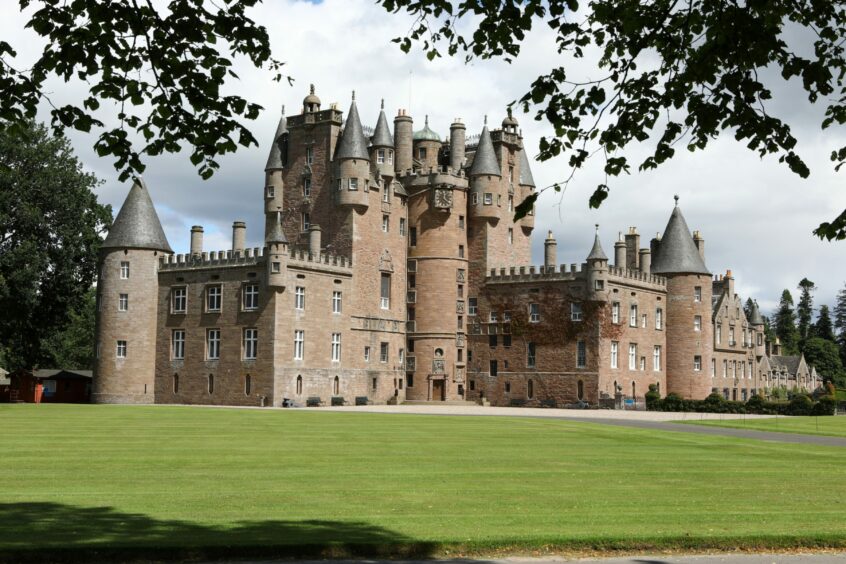
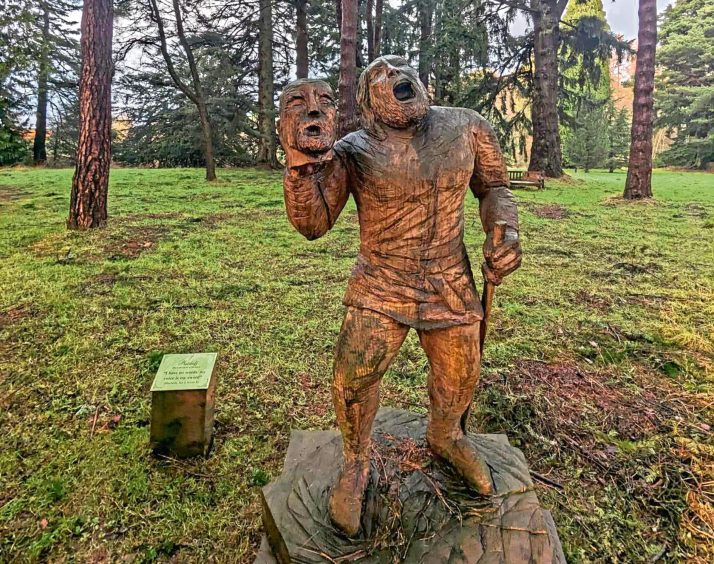
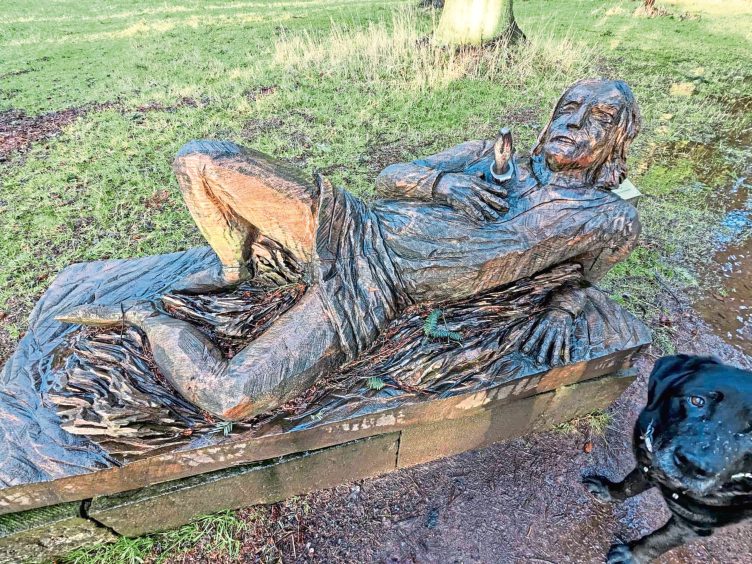
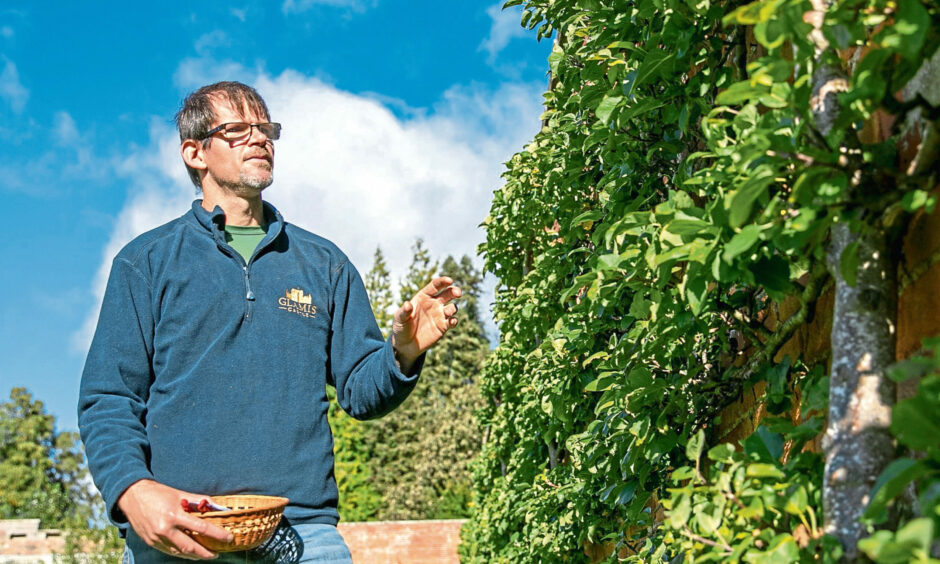


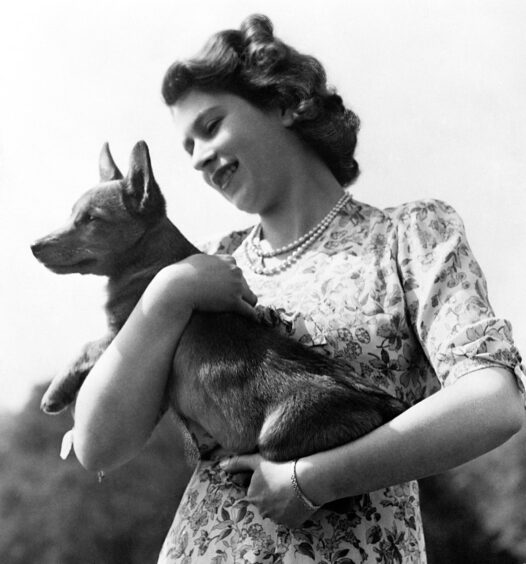










Conversation